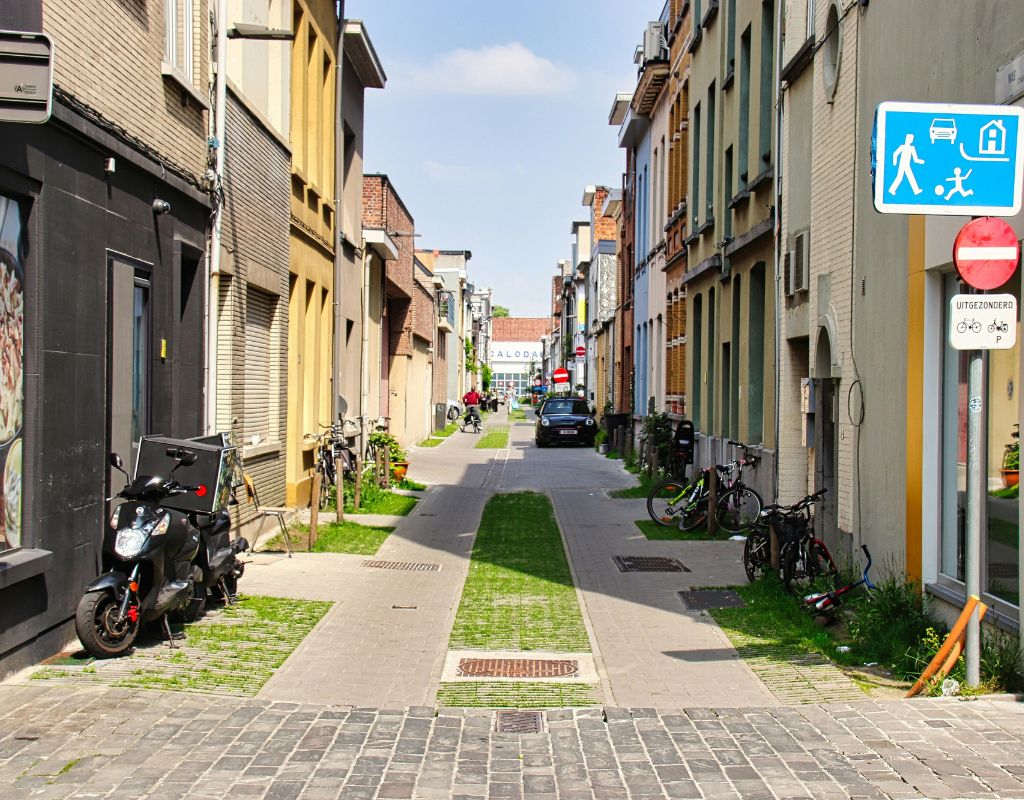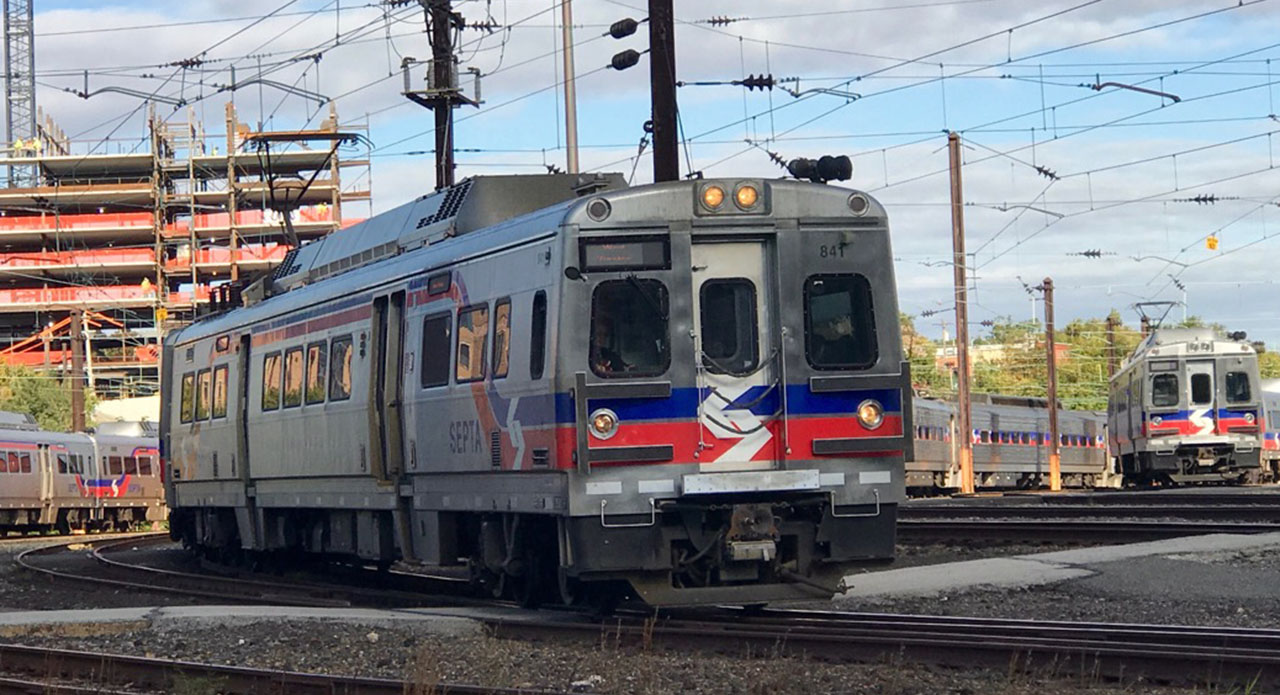This summer, the Urban Land Institute’s Washington, DC, chapter held a forum on bicycle-friendly design. As a follow-up, they focused their first member survey on biking and walking.
The questions are general, and it wasn't a survey of the entire real estate industry. While most of ULI’s membership is made up of people involved in real estate and development, the 118 people who responded to the survey may represent a certain subset of the industry. Still, it's an interesting look at where these real estate pros see their industry heading when it comes to walkability and bike-friendliness.
When asked if “the region would benefit from more people walking and biking to work,” only four people said no, and 114 said yes. And of those who said yes, more than 70 percent said that more bike lanes and sidewalks -- and public and private money to fund them -- were necessary.
ULI-Washington Director Lisa Rother says she views the overwhelming survey response in favor of bike infrastructure as an indication that people are interested in living in urban and suburban town-center locations. “There are still going to be car/biker conflicts,” she said, “but with education and increased spending on things like sidewalks and bike lanes, we can learn to coexist.”
Rother notes that the quality of the bike infrastructure matters. As one survey respondent commented, “The bike lanes and paths need more connectivity. Too many of the bike lanes and paths are not continuous.” More than half the respondents think DC and other local governments aren't doing enough to support biking and walking as transportation options.
A big majority -- 80 percent -- say they're noticing more bike amenities like showers and bike parking in office buildings, and 87 percent think the trend will "grow significantly in coming years." Still, 80 percent don't think the region's employers are doing enough to encourage biking and walking for transportation.
Of course, people won't walk or bike to work if their office is in a far-flung location. “Nothing is more important than allowing dense development and mixed uses,” commented one survey respondent.
“A lot of people will walk for recreation and health purposes,” said Rother, “but to bring it into everyday living, it has to be in places where you can walk to get your basic needs met.”






